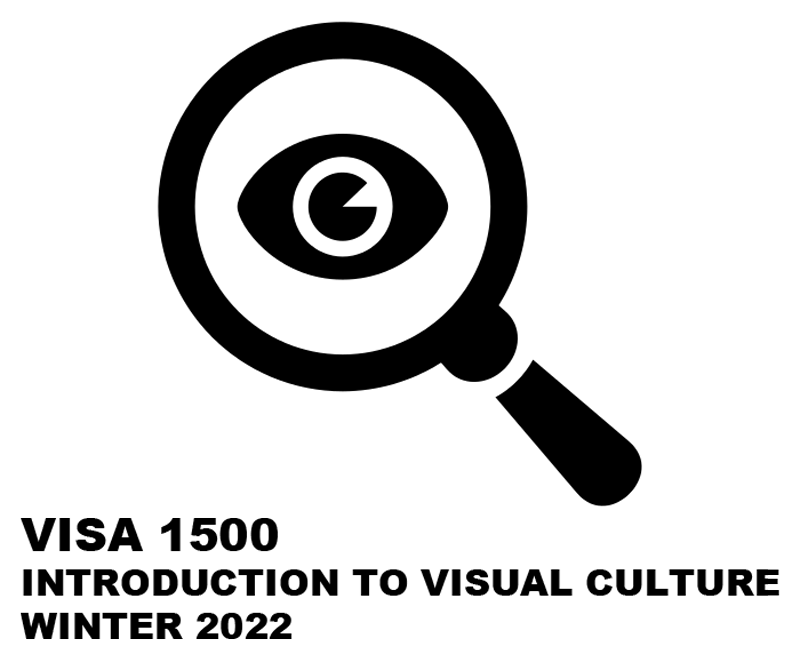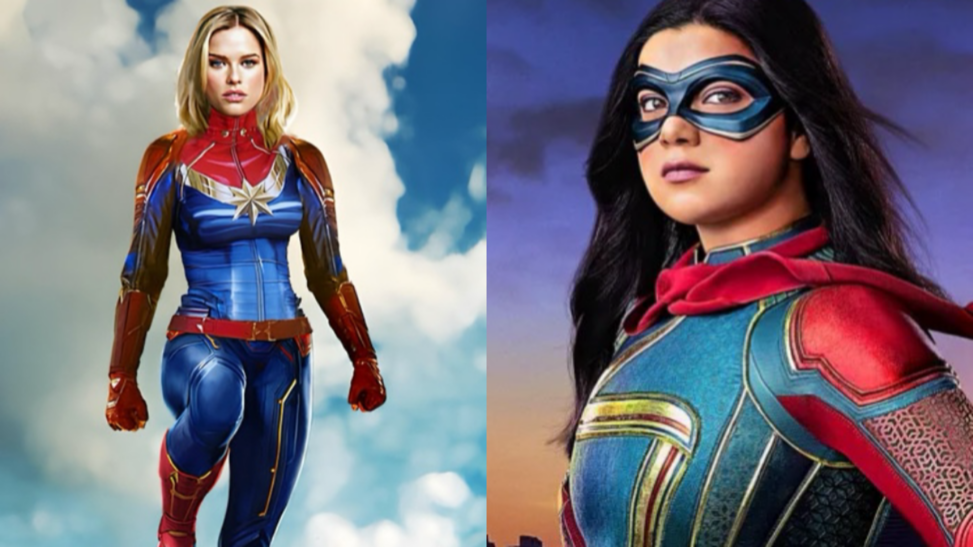Two versions compared:
1. The early version of a female superhero from mainstream culture (e.g., a White, able-bodied, younger woman)
2. A more recent culturally-diverse version (e.g., a woman of colour, older, different ability, or trans)
Who is the character and what does she signify?
Let’s say our characters are the following:
Version A: a stereotypical female superhero character “Alice-Avenger” (White, in her 20s, able-bodied, heterosexual) one of the kinds of early comics and films.
Version B: “Kamala Khan / Ms Marvel” (Pakistani-American, Muslim teenager, female hero) or simply a culturally-diverse female hero of your choice.
The change of the characters type implies the indorsment of women in the male-dominated genres and their shift from the margins (side-kick, token) to the centre (main character). This progression is an embodiment of what Daniel Cooper-Cunningham names “the re-articulation of race and gender politics” in the superhero stories that confront the Western dominance and give an account of the cultural multiplicity.
What are the character’s attributes and why?
Version A has been equipped with the following features: one of the attributes of a hero could be a person’s physical strength, a perfect body, heterosexual attractiveness, a youthful idealistic view of the world, no obvious disability, and a stereotypical “White Western” cultural identity. These features significantly correspond with the characteristics of a traditional hero and represent the normal racial, gender, and ability standards.
Version B has a lot of her features in contradiction with those. For example, she has a different cultural/ethnic background (Pakistani-American), be of a certain religion and body type that is not the “ideal,” and her heroism is connected with the community, identity, and the fight against stereotypes. Thus, her features are not only the cultural specificity, but also the intersectional identity, resilience, agency, being mentored by older heroes, and moral complexity.
These attributes are significant because they serve as a signal to the audience of which characters are the ones that “fit” the hero model and thus, which kinds of characters and identities are excluded. Studies indicate that the depictions of racialised women and the representation of the non-normative bodies in media are still at a very low level, however, newly introduced heroines like Ms Marvel, Wonder Woman, and Captain Marvel intentionally turn those norms upside down so as to regain their visibility.
How does the construction show their movement away from stereotype?
1. Race / ethnicity: While Version A can be described as a typical, white one; Version B is a non-white (Pakistani-American) character. The fact that the main character in Version B is a person of color indicates a shift of a character coming from the “margins” of the world (non-White, minority culture) to the centre of a mainstream superhero narrative. Cooper-Cunningham claims that Ms Marvel changes the concept of culture as a source of ethical power rather than being “Otherness,” thus, her background becoming her advantage rather than a drawback.
2. Gender / agency: According to Ana-Nzinga Weiß, through her discourse analysis of Wonder Woman and Captain Marvel, these “hero” characters challenge the patriarchal framework by showing qualities of leadership, empathy, and self-determination instead of dependence or being erotically portrayed. The female hero in the traditional version might still be affected by the ‘male gaze’, be sexualised, or be given the roles of the lower characters. In the recent version, the female protagonist has more freedom, is less stereotypically attractive, and her story is not just ‘female hero because male hero failed’. This demonstrates the movement away from the characters that are typified.
3. Age / ability / identity: The first picture is a typical young adult, fit, and physically perfect. The second picture represent a female from a different background (e.g. an ethnic minority, a younger teenage hero, or having a distinctive cultural identity) and therefore, it breaks the stereotype of a monolithic “perfect hero”.
Thus the second picture portrays a hero as someone who has a certain cultural identity, is complex, and a formerly marginalized identity raised to the level of the centre with full freedom of action.
What kinds of expectations does this foster in real life for ordinary people?
When people come across a version such as B, it encourages the belief that individuals like me (for instance, minority women, mixed-heritage, non-normative bodies) can be heroes, leaders, main characters of big stories — not just side characters. Socially, it becomes expected that heroism and leadership can come from any diverse identity. Such a group of people, those under the most represented, get that empowerment.
However, it is also resulting in the generation of some kind of tension: the necessity to be “rising to representation” (being an exemplary one, a barrier-breaker). In case the representation is very good, average people may find themselves not being enough.
What psychological or behavioural effects does that have? Damaging or enhancing people’s ideas about themselves?
Studies related to media representation indicate that inclusive depictions have the power to lessen bias and improve the self-concept of a minority audience. Z. Shuai’s 2023 study demonstrates the same when it says that audiences particularly young women, acknowledge an increase in their self-esteem and involvement in the case of the exposure to diverse, powerful female heroes in the media. For instance, by witnessing a person from one’s culture or identity taking a traditionally valued heroic role, one’s sense of personal efficacy can be elevated and the scope of what is considered possible can be extended.
Nevertheless, there still exists a chance to hurt: if the portrayal continues to be merely tokenistic or a hyper-idealised one, the viewers may take in the statement “I have to be perfect in order to matter” as their own. The creation of pressure is a result of that and the viewer’s self-esteem can be negatively affected in the case that they are not up to the mark. Besides that, when someone from a marginalized group becomes the focus of everyone else’s expectations, that person may experience pressure to perform.
Are there societal changes or backlashes?
Yes, there are societal changes. The change to hero characters with more varied backgrounds reflects changes in society: the media industries realise that the audiences want representation, that diversity is profitable, and that they cannot ignore the social-justice issues. Weiß points out that the negative reaction of male fans to Captain Marvel reveals that they are still uncomfortable with the idea of women having power in the most common sense of the word. However, Shuai also argues that the female audiences when they identify with the characters become more attached to the genre which means that inclusivity is a double win – both for representation and reception.
Conclusion
In summary, comparing Version A (a white-normative female superhero) and Version B (a culturally-diverse female superhero), we can see the movement of a character type from being the margins to the centre. The differences in race/ethnicity, gender/agency, and ability/identity demonstrate how the depiction has moved away from the stereotype and towards greater inclusiveness. Such a development allows for more liberal expectations of real people, can be a great self-concept source for many, but still carries the risk of being under pressure or facing a backlash. Societal change can be seen, but the fight for real, profound representation still goes on.
Bibliography
Cooper-Cunningham, Dean. “Drawing Fear of Difference: Race, Gender, and National Identity in Ms. Marvel Comics.” Millennium: Journal of International Studies 48, no. 2 (December 22, 2019): 165–97. https://doi.org/10.1177/0305829819889133.
Shuai, Ziwei. “The Evolution of Female Audiences’ Perception of Female Superheroes in Films.” Women’s Studies 52, no. 8 (September 14, 2023): 944–60. https://doi.org/10.1080/00497878.2023.2253948.
Weiß, Ana-Nzinga. “Portrayals of the Shero: A Critical Discourse Analysis on the Representation of Wonder Woman and Captain Marvel.” Journal of Gender Studies 34, no. 6 (May 29, 2024): 821–32. https://doi.org/10.1080/09589236.2024.2360499.


Ila Watson
Blessing did a great job comparing the two versions of female superheroes and showing how the idea of a hero has changed. She clearly explains how Version A of the superhero represents the traditional white hero, who is associated with features like physical strength and beauty. In contrast, Version B is more culturally diverse as a Pakistani American, and her role is more centred around community and identity, making her appear more relatable. She also adds how the shift from Version A to Version B moves women from sidekicks to main character roles. The shift to the main character shows the audience that you do not have to look a certain way to be a leader or superhero. I felt that she could have included more visual details in the comparison, costume design, for example. I also noticed that the comparison feels a bit unbalanced. Blessing described Version B in a lot of depth, but Version A lacked the same level of detail. I feel that if she had more details on Version A traits, it would help connect the ideas back to the images. Blessing did a great job using three scholarly sources in her writing. I felt that the two images she provided accurately illustrated the shift from Version A, the stereotypical white woman, to Version B, a Pakistani American woman who challenged those norms. Overall, I think Blessing had a strong comparison point that was backed up by solid sources. Her analysis is detailed, clear, and shows that she has a solid understanding of how female superhero representation is evolving.